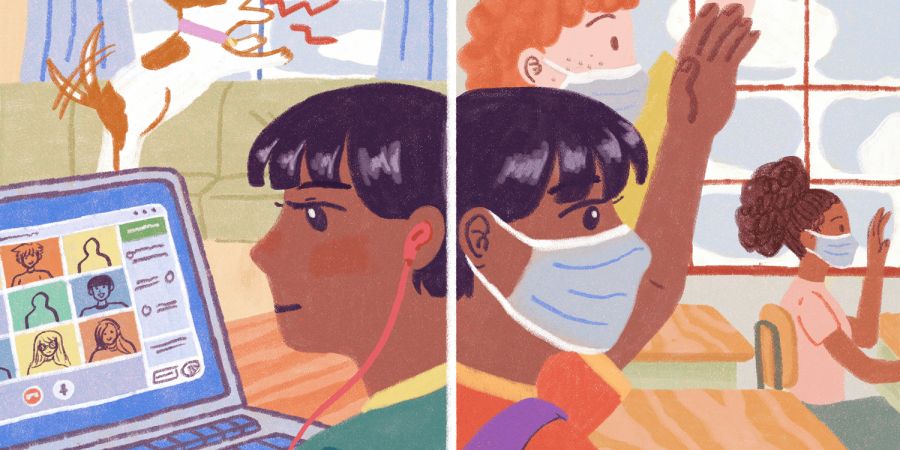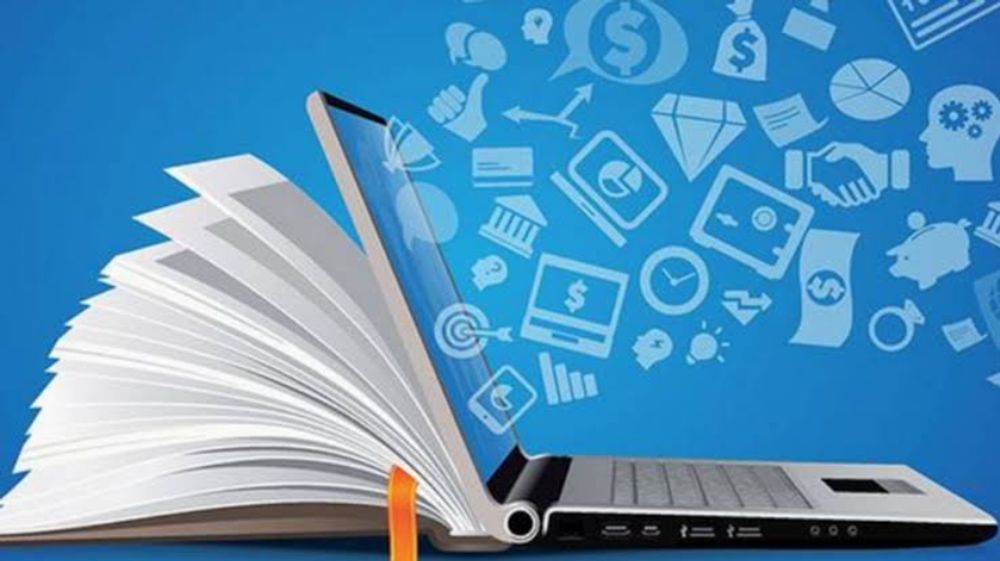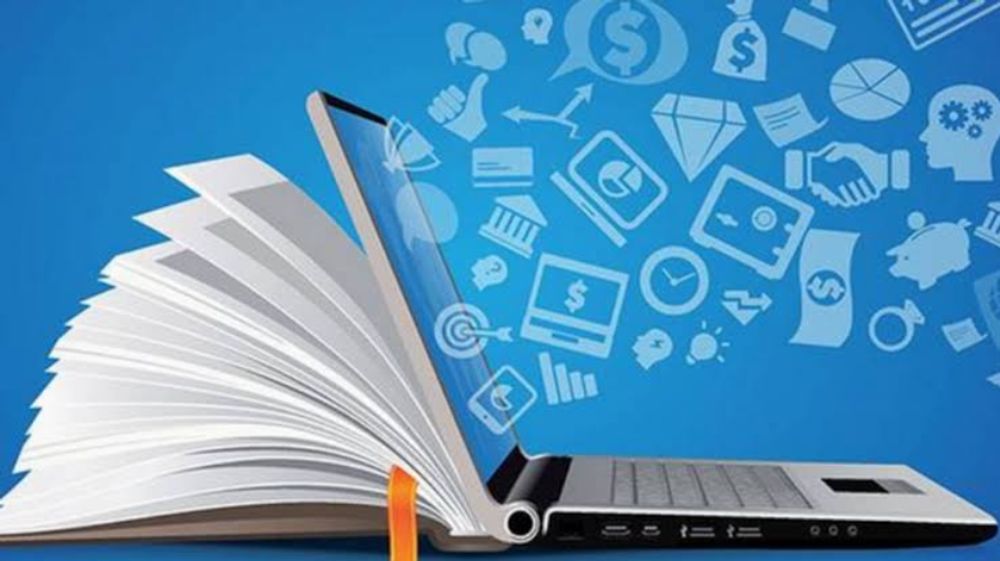

When the epidemic disrupts existing education delivery practices and forces the world to reconsider its teaching medium, technology saves grace. Reliance on technology in the post-epidemic era has made education increasingly mobile, creating access to quality schooling in the most remote parts of the country.

Under the Digital India initiative, the government has taken comprehensive steps to enhance digital education activities. Some ICT initiatives for school education: PM eVIDYA Programme2 - It integrates digital / online education related initiatives, thereby enabling multiple access to education, with 12 eVidya TV channels, based on a class-one channel lineup. Class 1 to 12; National Digital Educational Architecture (NDEAR) 3 - a digital platform that supports activities related to educational planning; DIKSHA4 - School Curriculum Based Learning Supply Site; ePathshala Portal5 - a portal that serves as a repository for audios, videos, eps, flips, etc .; Nishta 6 - an integrated teacher training program, widespread use of radio and podcast; QR codes in textbooks. According to the federal budget 2022-237, PM eVIDYA will be expanded to 12 to 200 TV channels so that all states can provide secondary education in regional languages for grades 1-12. 750 virtual laboratories in science and mathematics will be set up to develop critical critical thinking skills, and quality e-content will be created to empower teachers with digital teaching tools, equip and facilitate better learning outcomes.


Outcome-based solutions to school education need to be implemented to achieve the dual goal of improving access to quality education and learning outcomes. Solutions face challenges in implementing and calibrating technological solutions in the country. Some of the challenges related to technology solutions in education are the lack of digital access to both digital devices and the Internet. According to ASER 2021 Report 8, 68% of private and public school students use smartphones. The low digital literacy of teachers, support staff and parents is another barrier to advancing technology. Schools have computers, but no one knows how to operate and use them. Digital content is not available in the vernacular, and it is not always aligned with the school curriculum. According to the 2021-20229 Economic Survey, the cost of education as a percentage of GDP and as a percentage of GDP has remained unchanged over the past few years. Technology sites with high processing costs may not be approved or measured by state governments. Technology cannot change the teacher in the classroom. According to Kentaro Toyamak10, a computer scientist and international development researcher, "The main challenge in education is the long-term, directed motivation of students - no technology today can deliver on its own, but good teachers continue to deliver". Therefore, interventions should not be aimed at changing teachers in the classroom.


